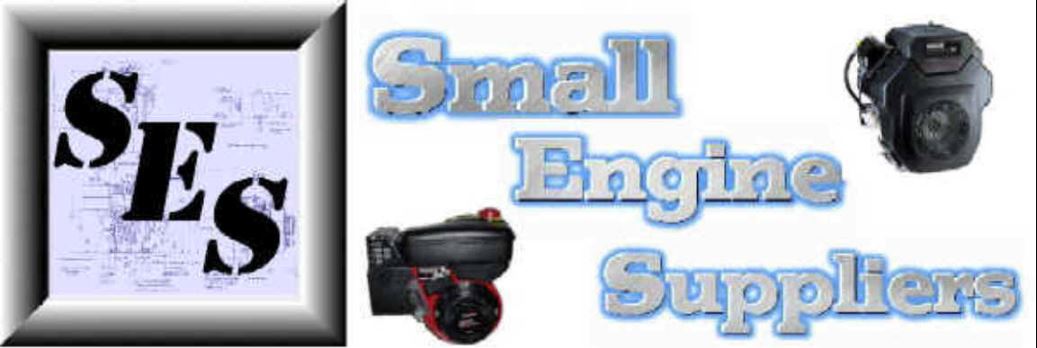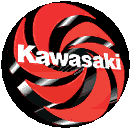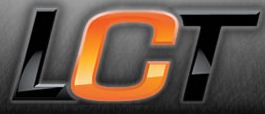|
||
There are several things you should evaluate before rebuilding a carburetor.
After evaluating the questions above, you will be able to make a decision on whether to rebuild or replace your carburetor. Clean up is important, especially if you have a varnish problem. If you have a water corrosion problem, which will look like a white powder rust, you may want to just replace the carburetor because carburetor cleaner will not clean water corrosion. Carburetor cleaners come in two types. The cold emersion cleaner (dip-tank) and carburetor/choke spray. The dip tank is better and you can buy a one gallon can for about $15 at auto supply stores. It is caustic stuff so don't put any non-metal items in it. Carburetor/Choke spray like Gum-Out works fine and probably best for the average homeowner. It has the added advantage of having pressure to blast the little passages. A piece of soft shipping tag wire is your next best weapon to run through the little holes, which sometimes become clogged & cause the engine not to run correctly. Carburetor and fuel problems can fall into several categories and it is important to determine what is happening before proceeding with a rebuilt on the carburetor. If the carburetor is leaking fuel especially while setting or just not getting fuel, you may have a contaminated fuel problem or a problem with the fuel line. You should look first at the fuel in your tank for any signs of dirt, water, rust or varnish build up, then look at the fuel line to make sure there are no cranks or splits in it. Before you consider rebuilding or replacing the carburetor you must have good clean fuel flow to it. Make sure to install the proper fuel filter for your application. Non-fuel pump engines use a different filter then fuel pump engines, in most cases. You're not doing yourself any favors by cleaning a carburetor and put contaminated or old fuel back into it. In some cases a rusty or badly varnished fuel tank will need to be replaced or the problem will just repeat itself.. Now you will need to determine whether to rebuild your existing carburetor or replace it. Many of the carburetors today can cost $100 or more and the rebuild kit price sounds attractive, but probably the best advice you can get here is that a new carburetor will almost always be better than a rebuilt one. It possible you will rebuild the carburetor and it will not perform well. There is really no guarantee. It is a more economical fix in many cases when compared to a new carburetor, but what is your time worth? Do not take the carburetor totally apart until you have the repair kit. You will also need to determine if you need a new float, bowl or other parts not included in the repair kit. Most repair kits include a needle valve and all gaskets. Do not remove the throttle or choke shaft unless you are going to replace them. If you do, be sure to lock tight or replace the screws. Clean all the passages good and run the tag wire through all the little holes. If you have doubts about where to set the float, just set it parallel with the base. Set the initial jet screws at 1-1/2 turns out and fine tune after you have it running. Many of the newer engines will not have adjustable jets or maybe only an idle jet adjustment. Reinstall everything, and make sure your governor linkage works freely. |















